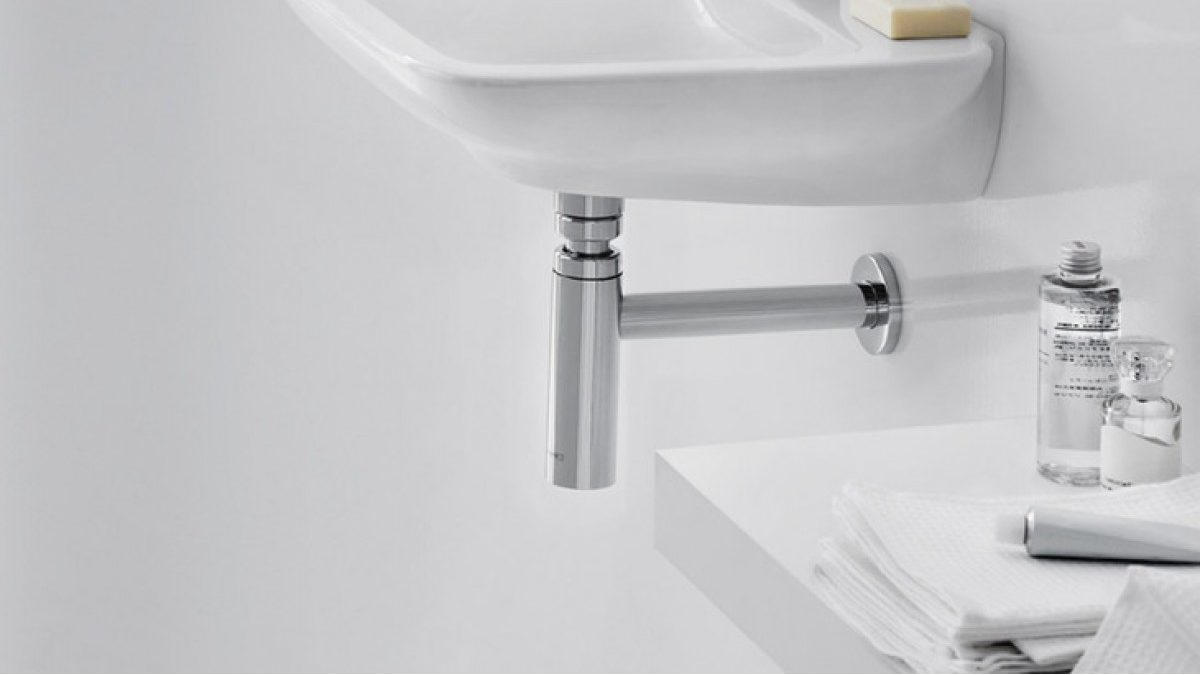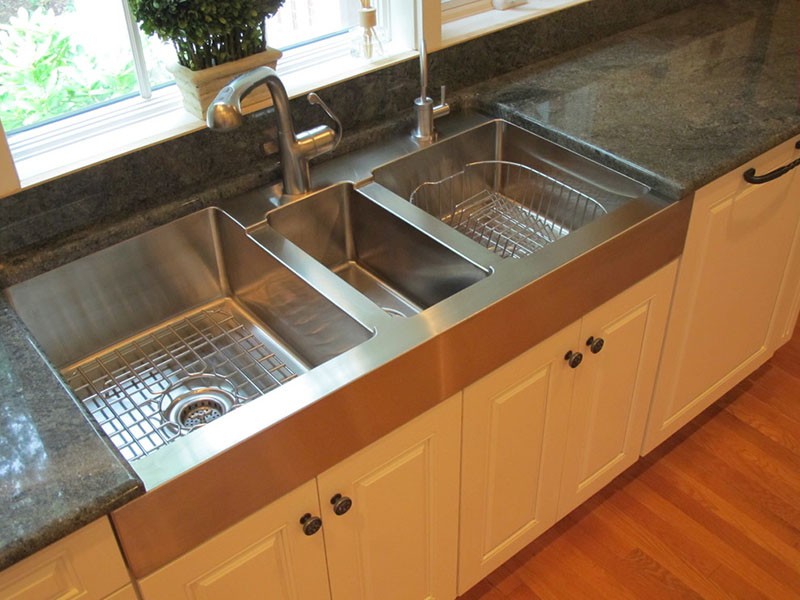How to effectively clean a siphon under a kitchen sink
One of the most common plumbing problems is a clog. It especially often forms in the siphon of the kitchen sink. Read about the structure of the device and methods for cleaning it in our material.
The content of the article
Design features of a siphon under the sink
The product is available in three types of devices:
- Corrugated models. They are distinguished by ease of installation, the ability to change position and shape. However, they do not contain collapsible parts, so in case of serious problems, complete dismantling will be required.
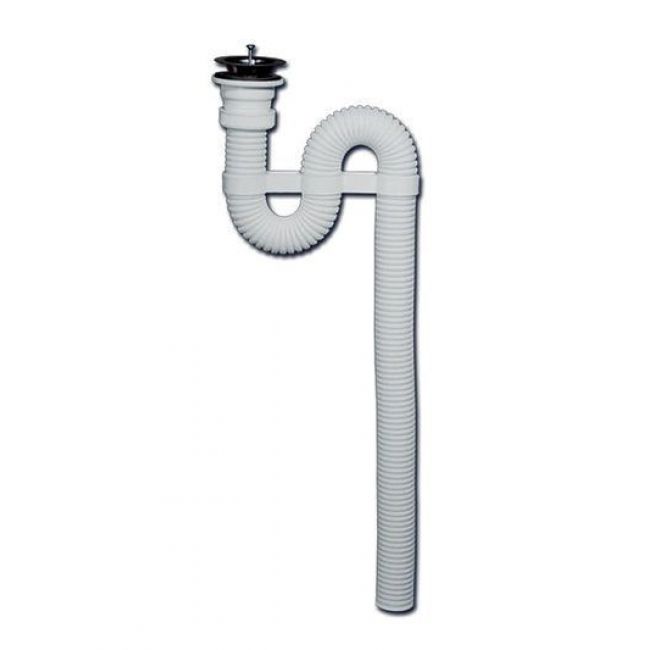
- Bottle (flask) version. It is most widespread. A vertical container with an outlet pipe is built into the lower part of the product; its shape resembles a bottle. The reservoir always contains a certain volume of water, which ensures that gases from the sewer are blocked. When cleaning, complete disassembly of the device is not required: the disconnected pipe provides access to the internal parts.
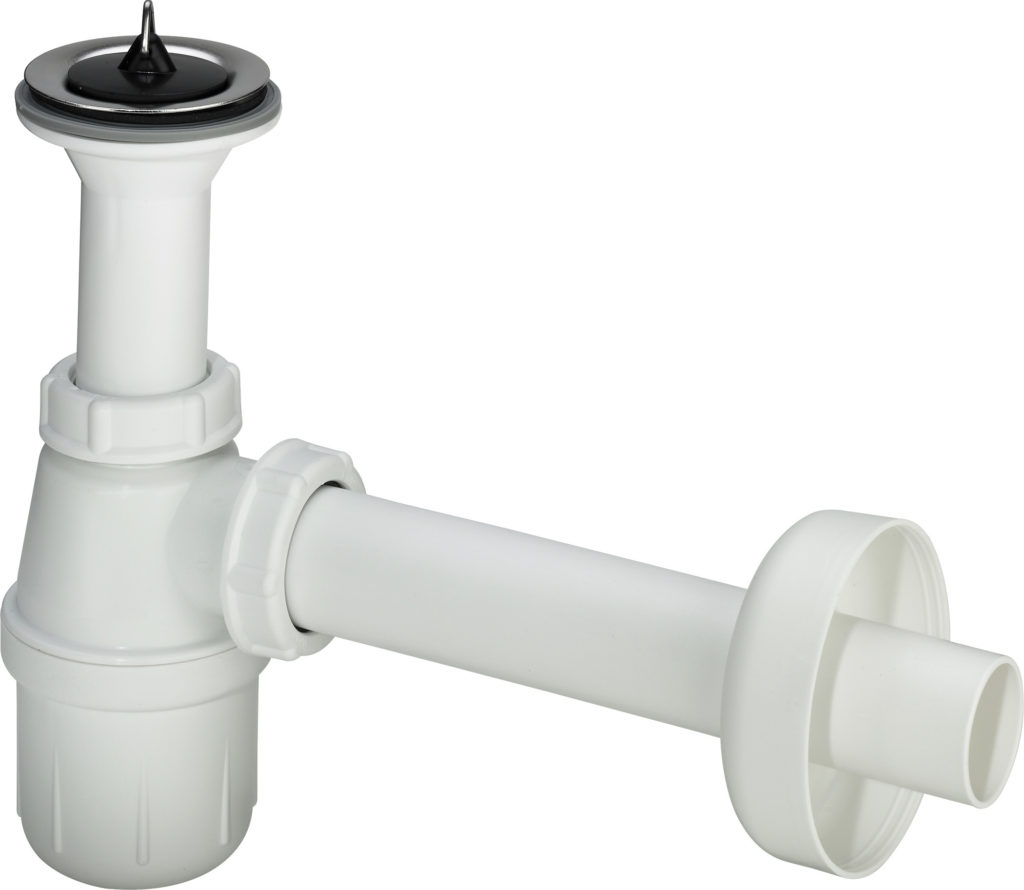
- Pipe-shaped siphon. It is a durable curved pipe, manufactured both as a solid element and as a collapsible design. In the latter case, the device is assembled from pipes connected in a certain sequence.It is difficult to remove contaminants that settle at the lowest level. However, there are modifications with a removable elbow, which makes the task easier.

How to clean a siphon without disassembling it
Proven methods that will help in the situation, without reinstalling the device:
- chemical substances;
- plunger;
- vacuum cleaner;
- hydraulic pump
How to disassemble a siphon in a bathroom or kitchen to clean it
Procedure:
- Place a bucket under the sink - the remaining waste will flow into it. We unscrew the sump and wait for the liquid to drain.
- Remove the union nuts that secure the pipe in different areas. We separate the hose leading into the sewer pipe from the siphon and disconnect the bottom of the device. We separate the rigid elements (they are partially installed one into the other).
- If there is debris in the parts, clean them and rinse them with a hot detergent solution.
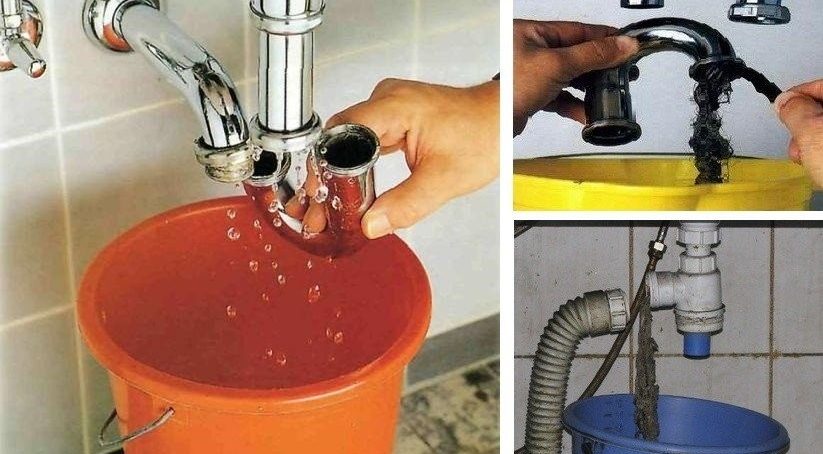
Attention! The upper part of the device, located above the water seal, remains in place. It can be freed from dirt with a short length of wire with a curved end.
Upon completion of the work, reassemble the product in the reverse order, not forgetting the gaskets and tightening the fasteners tightly.
Methods for clearing blockages
There are quite a lot of techniques to cope with the problem. You can choose for yourself the one that seems easiest and least costly in terms of time and effort.
Store products
You can find different types of products on sale - liquid and gel based, in powders.
Attention! Protect your skin and eyes from splashes when treating plumbing fixtures with chemicals. The consequences can be burns of varying degrees. Use gloves and glasses.
Let's consider the most effective options.
The popular “Tiret Turbo” is characterized by its versatility: suitable for both metal and plastic pipes. Pour 250 ml of the composition into the drain and leave it for 20 minutes. After the expiration date, we use the consistency again, but in a smaller volume: up to 125 ml, wait the same amount of time. Fill the sink with boiling water, about 1.5 liters, to wash away the remaining product and dirt from the pipes.
DEBOUCHER successfully combats blockages of varying degrees, suitable for all pipes except aluminum. In standard cases, we use 500 ml of the substance and wait up to 2 hours. If the situation is complicated, you will need a volume of 1 liter - fill it in the evening and leave until the morning, then turn on high water pressure and rinse thoroughly.
“Bagi Pothan” is available in powder form and is suitable for removing blockages of any complexity. First, empty the sink of water; its level should be 50 mm below the drain. Pour 100 g of mass into the hole and wait 3 minutes. Pour 1 cup of boiling water into the drain and leave for the same period. We wash the remaining debris with warm water.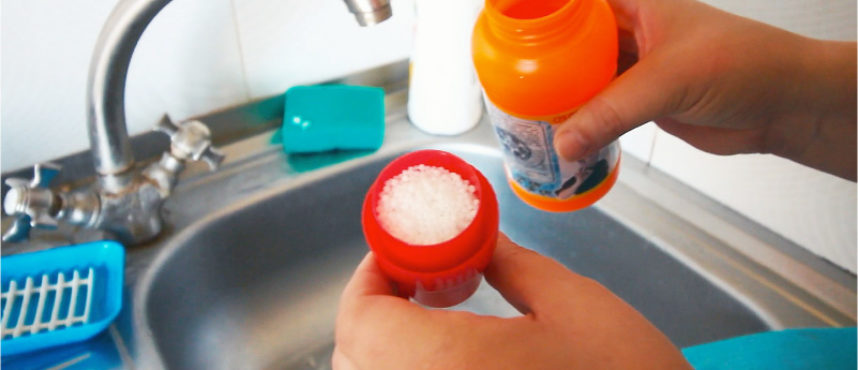
By mechanical means
First, let's use a regular plunger - it will help cope with a small amount of dirt.
If there are holes in the sink other than the drain, close them with a damp cloth. Then we place the device on top of the drain, press and pull with sharp progressive manipulations - 3-4 times. The procedure may have to be repeated three times to break up any debris stuck in the siphon. At the end of the work, you should run a stream of hot water to wash away the remaining debris.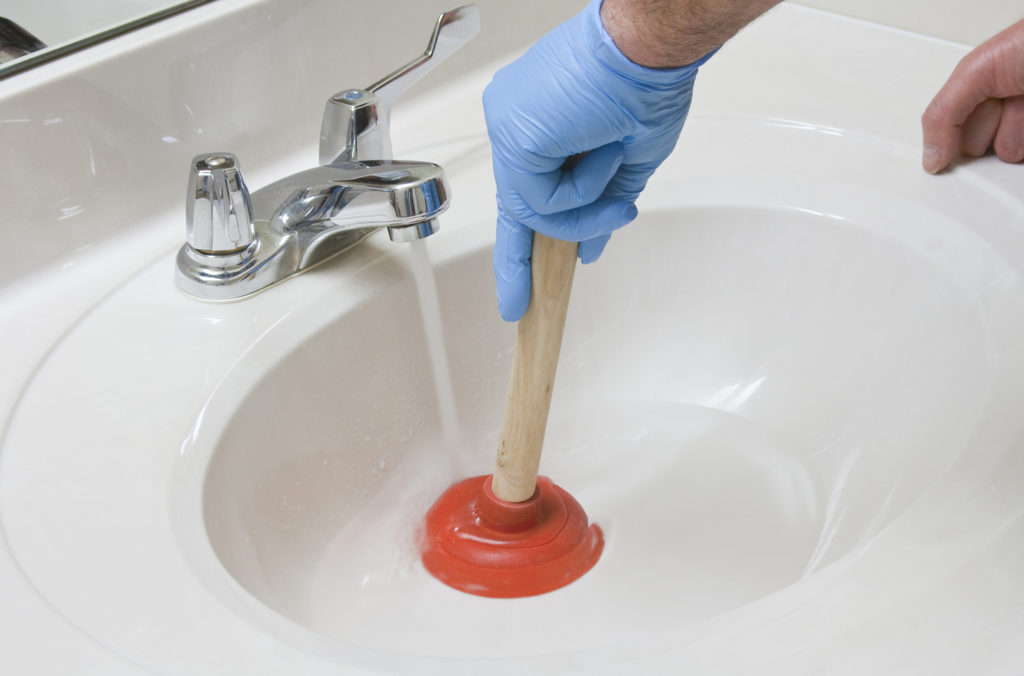
You can use a vacuum cleaner with an air blowing option - this method will work if the amount of dirt is small. Before the procedure, carefully wrap the vacuum hose with a thick cloth and place it in the drain slot.We launch the desired function and blow through the pipes until we get the result.
A hydraulic pump is often used to fix plumbing problems.
First fill the sink hole with a warm soda solution to soften the accumulations. Pour hot water into the container of the device itself and connect it to the drain. The pressure is powerful enough to get rid of the blockage. If the first time it was not possible to achieve the desired effect, repeat the process.
The drill will help in the most difficult cases, when the water has completely stopped passing. It is a cable (length 3 m or more) equipped with a handle.
Attention! Work carefully to avoid damaging the pipes.
You need to place a container under the washbasin - the remaining liquid will be drained into it.
We remove the siphon and insert the tool into the sewer socket with careful movements, rotating counterclockwise. If there is heavy contamination, you will need to remove the device from time to time and clean it. Upon completion of the work, we return the siphon to its place and run warm water under pressure sufficient to flush the system.
Traditional methods
There are time-tested methods that were used by our grandmothers.
A soda-vinegar mixture is an effective remedy that can remove any type of contaminant.
Pour up to 200 g of soda into the hole and add 100 ml of 9% vinegar. The resulting liquid will begin to foam strongly, and to prevent it from flowing out, close the drain with a tight stopper. We wait 15 minutes, remove the plug and rinse the sink with boiling water.
A solution based on salt and soda removes blockages of varying complexity.
Mix 200 g of soda and 90 g of salt in warm liquid. Fill the drain opening with the resulting mixture and set aside for 20 minutes.Then, using a plunger, we clean out the dissolved debris and rinse the plumbing with a hot stream. If the method does not work on the first try, repeat all the steps.
Preventing clogging
The following measures will not require much effort, but will ensure stable and long-term operation of the siphon:
- place dishes in the washbasin without food residues - they should first be disposed of in a trash bin or other waste disposal site;
- install a disposer in the sink - an electric device for grinding food particles and a grease trap;
- Every day, treat the drain with hot liquid (up to 2 liters) to prevent the accumulation of fats;
- at the end of the day, after your last meal, wipe the sink and pour baking soda or salt into the drain (1 to 2 tsp).
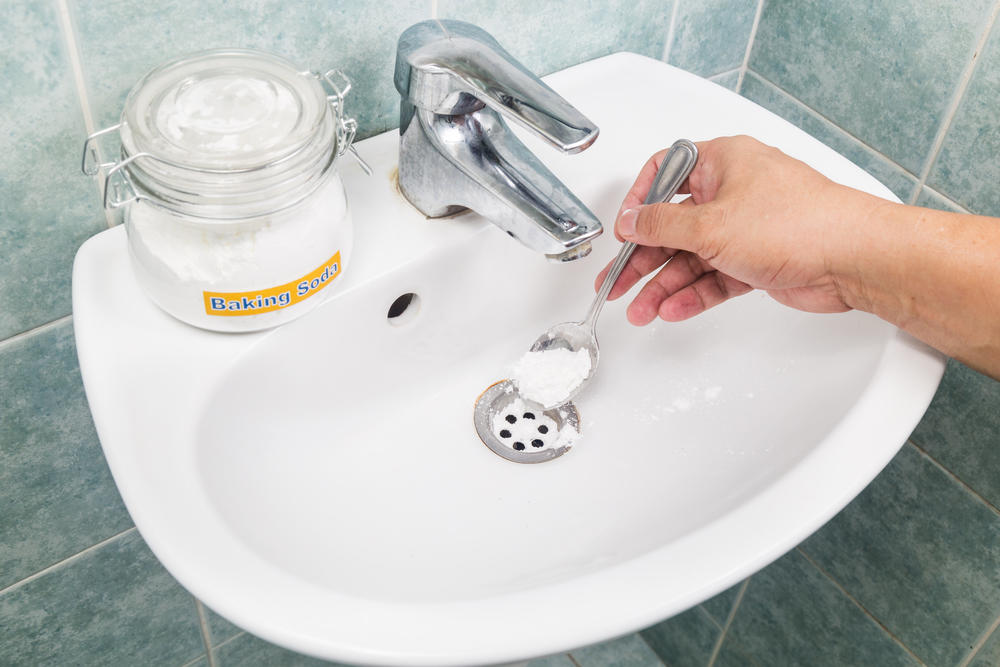
Reference! Among the products sold there are prophylactic formulations. For example, you can prevent unpleasant situations with the help of Tiret Antibacterial. Its regular use reliably removes accumulated substances.
A hot solution of vinegar and soda (within 2 teaspoons) will help protect equipment from blockages.
A preventative option would be to pour a small amount of citric acid diluted in hot liquid into the drain.
Reference! An electric shredder can be replaced with a metal sanitary mesh. It traps food particles, but needs to be cleaned over the waste area from time to time.
Cleaning the siphon is a simple procedure that can be carried out either with or without disassembling the device. There are many ways to effectively help resolve the problem. In addition to dealing with the resulting blockage, it is necessary to take measures to prevent such situations.




